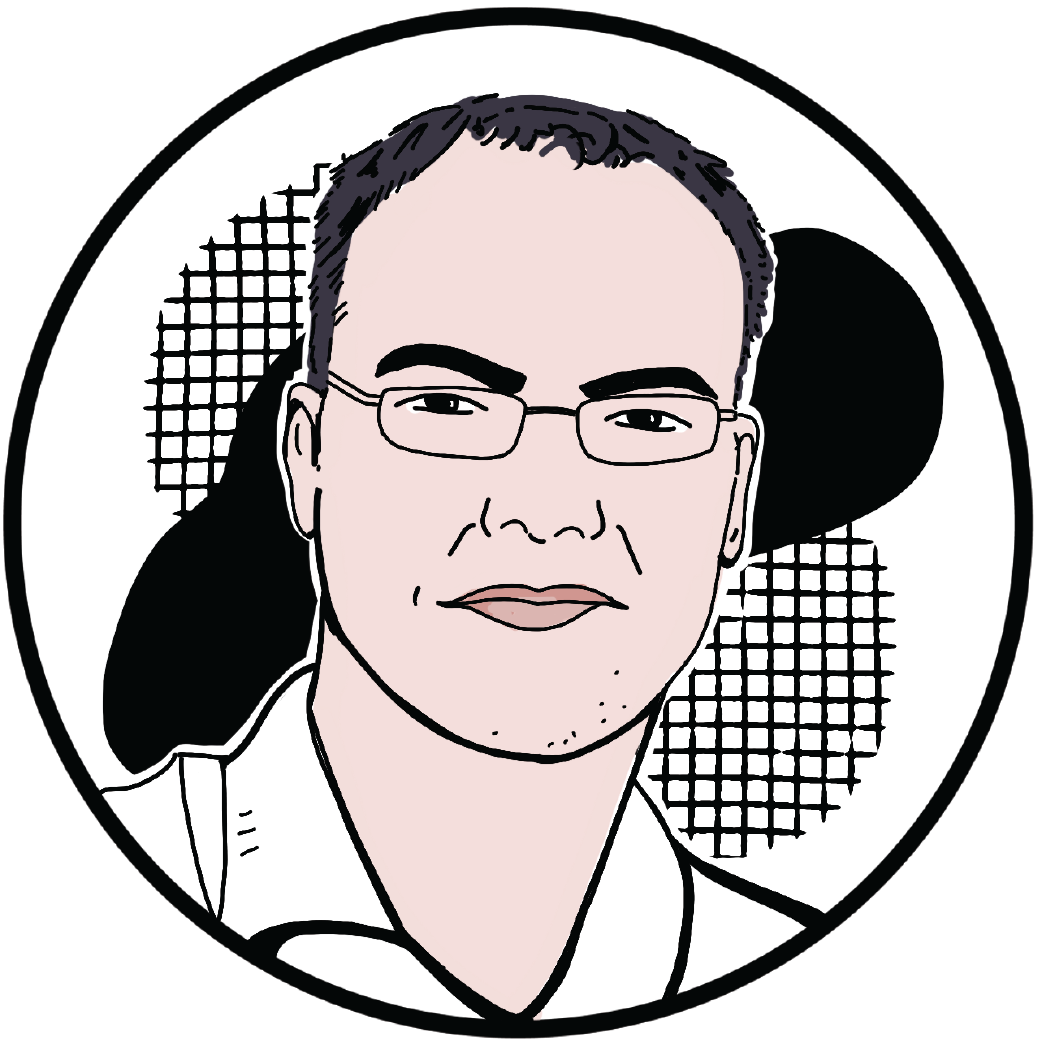On the Friday afternoon of Great American Beer Festival week, I found myself staring out at the downtown Denver skyline from the wind-whipped rooftop observation deck of the Denver Art Museum. The sky was a mottled gray, and the chilly air saw jackets wrapped around most of the pedestrians far below on the sidewalks. I had no beer in hand, and there were no rare bottles in sight, but this quiet interlude in a noisy week was one of the most important moments of the trip for me.
It can be easy for me to forget how small the world of craft beer is. My days and weeks are filled with its details and stories, and my stresses and anxieties spring from it by necessity. Some of beer’s most celebrated spaces—festivals, taprooms—can make me dissociate and feel lost and foreign in my own body. I’ve found that sometimes, if you’re having trouble forgetting how small the space is that’s causing you distress, you have to climb a tall enough building until everything looks small beneath you, and your problem is just one among many distant things. See that domed building over there to the northwest, a mile distant? That’s the center of the craft beer universe this week. It seems so little. You could easily miss it.
After a morning at the Boston Beer and Dogfish Head media brunch and a couple early afternoon hours at the Denver Rare Beer Tasting, I could feel that cottony fog just beginning to creep into my head, and decided to head it off. I stepped out of the McNichols Civic Center, leaving untasted many beers I’ll never have offered to me again, and walked south. I’d planned for this possibility. I walked around the main branch of the Denver Public Library and was surprised to find it closed (in several trips to Denver, I have yet to find the library open), and then wandered next door to the art museum. Its sharp roofline looks like the prow of a futuristic warship, and I imagined a thousand eccentric artists beating to general quarters as it plowed into the city.
Inside, I wandered the serpentine galleries designed, I sincerely believe, to make you lose all sense of direction. Mine is quite good, but I couldn’t tell you how I got into or out of a single exhibit in that building. It didn’t matter. This was about space, about quiet. About not being bumped out of the way by a drunk person even once. About beauty.
I strolled slowly along the museum’s wall of Monets, stopping at “The Houses in the Snow, Norway” to admire the lonely comforts of those two small structures huddled against winter, looking like the last bastions of warmth in all the world. I found myself transfixed by the surreal works of Leonora Carrington, a British-born 20th century painter who created most of her work in Mexico. Her paintings have a dream-like quality to them, both carnal and ethereal, defined by light but composed, in the whole, of dark space.
By the time I got to the top of the seven-story main building, my mind was clear. I stared out at the quiet bustle of the city, took a few photos, and then rode the elevator back down to the world of people. I walked slowly against the wind along the colorful pavement art of Bannock Street and straight up 14th until the Big Blue Bear of the Colorado Convention Center was in sight. It was time for the evening session of GABF, and I felt ready for it.

